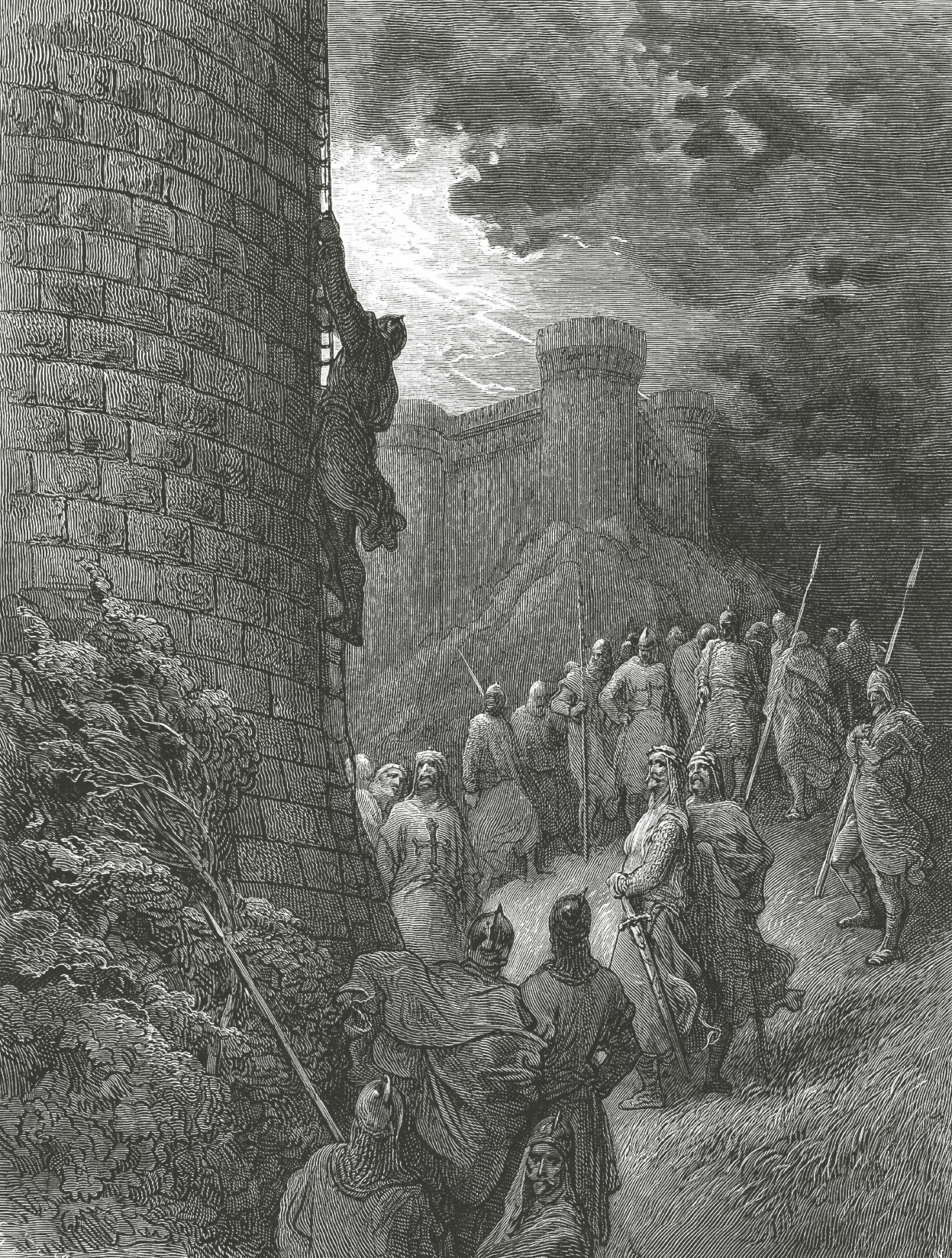First Crusade Meets Jerusalem
As described by Claude Cahen in his article “An Introduction to the First Crusade,” he depicts how leading up to this initial invasion by the Crusaders, the Muslims had been in control for four and a half centuries. However, there was very little uproar against the Muslims because they believed in Jihad, also known as the Holy War, “whose aim was to bring the unbeliever into political subjection to Islam,” yet they did not agree with forced conversion (Cahen 6). They also protected unbelievers under Muslim law. Despite this seemingly non-belligerent era of Muslim rule, violence indisputably occurred. I find this to be interesting because despite the fact that a single faith ruled over people of other faiths in a somewhat peaceful manner in Jerusalem, is contradictory to the typical contested nature of the city. Regardless, this subjectively compatible Jerusalem comes to face a harsh ending.
During the First Crusade, as discussed in Armstrong’s “Crusade” chapter, the Crusaders aimed to conquer Jerusalem so that they could “liberate the tomb of Christ from Islam” (Armstrong 280). The way the Crusaders were able to penetrate Jerusalem was through the building of belfreies, or tower-like structures, which they brought to the walls and climbed after they realized they were inept to lay siege or build siege engines. They succeeded on July 15th, 1099. After the Crusaders invaded Jerusalem, an abhorrent massacre occurred of Jerusalem’s inhabitants. Neither the Muslims nor Jewish were safe from the wrath of the Crusaders, whose goal was to recover the holy land of Jerusalem by any means necessary. Muslims were told that the only safe place for them was on the roof of the Al-Aqsa mosque, an incredibly holy site for Muslims, and like the Dome of the Rock, often considered an axis mundi. However, while the Muslims took refuge on the roof at night, the Crusaders brutally murdered them in the morning, betraying their initial promise. The death toll from this singular instance on the mosque’s roof is said to be around 10,000 Muslims. The Crusaders also reigned terror upon the Jewish inhabitants of Jerusalem, as they were “rounded up into their synagogue and put to the sword. There were scarcely any survivors” (Armstrong 274).
This initial event of the Crusades in Jerusalem marks yet another period of time in which religious beliefs determined political power. It is no secret that Jerusalem has a long and complicated history, full of both admirable and deplorable acts.


Comments
Post a Comment